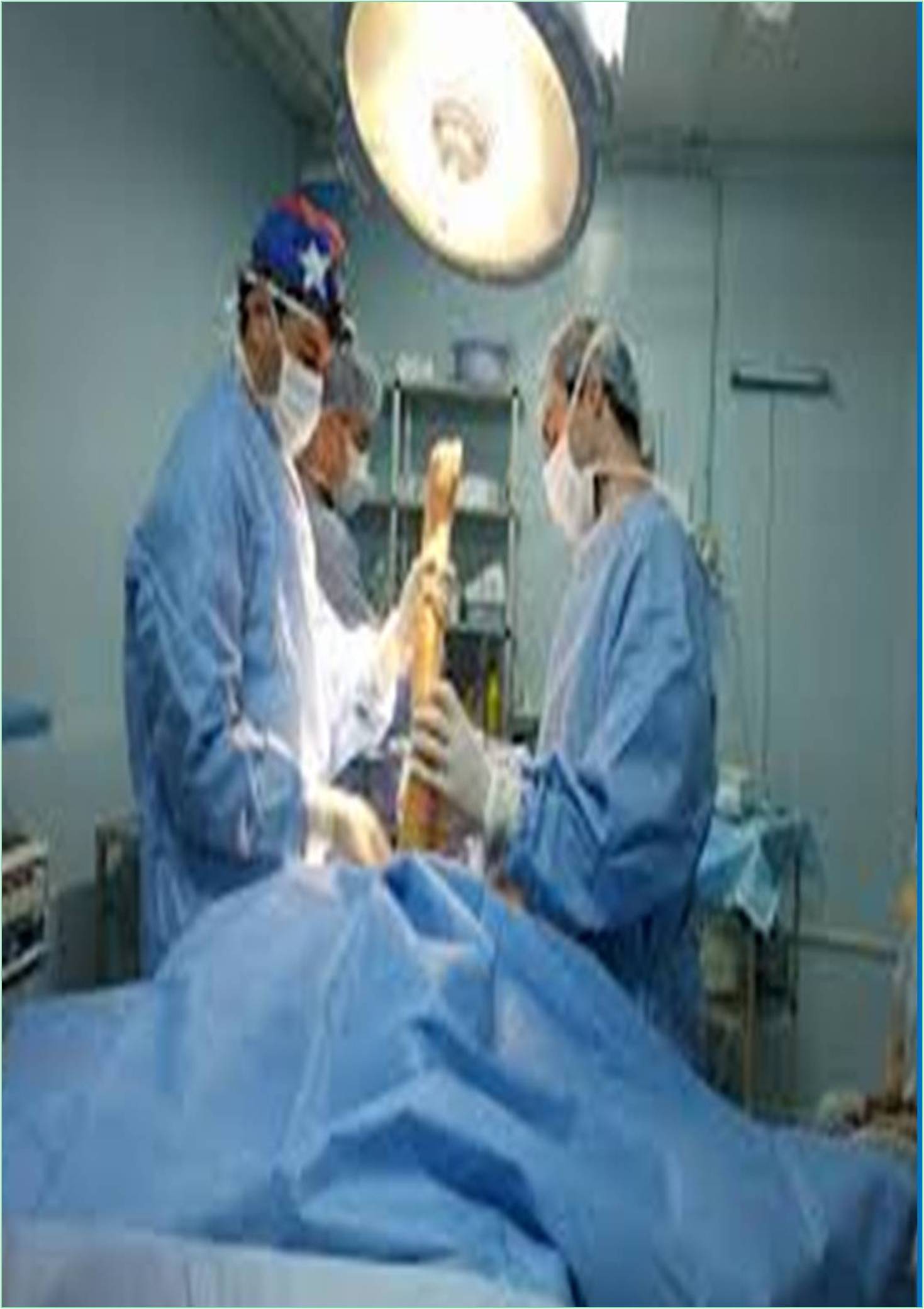



Received: 25-Nov-2022, Manuscript No. GJOPTP-22-83151; Editor assigned: 28-Nov-2022, Pre QC No. GJOPTP-22-83151 (PQ); Reviewed: 15-Dec-2022, QC No. GJOPTP-22-83151; Revised: 22-Dec-2022, Manuscript No. GJOPTP-22-83151 (R); Published: 29-Dec-2022, DOI: 10.15651/2449-1802.22.9.015
Rheumatoid arthritis is an autoimmune disease with awide range of clinical manifestations. Treatments for rheumatoid arthritis include Disease-Modifying Anti- Rheumatic Drugs (DMARDs), glucocorticoids, Non- Steroidal Anti-Inflammatory Drugs (NSAIDs) and Inflammatory Cytokine Inhibitors (ICI) each with distinct clinical effects and characteristics. Because of the pathophysiological variability in rheumatoid arthritis, personalized responsiveness to standard treatment is evident resulting in an overall dismal prognosis. Understanding the importance of individual variation in rheumatoid arthritis cellular and molecular pathways will significantly enhance clinical care and patient outcomes. It explore the sources of pathophysiological heterogeneity arising from genetic, molecular, and cellular heterogeneity, as well as their potential impact on precision medicine and tailored treatment of rheumatoid arthritis.
Rheumatoid Arthritis (RA) is an inflammatory illness that causes persistent synovial joint inflammation, development, progressive bone erosion and joint destruction. Patients often exhibit joint swelling and pain which can escalate to severe impairment severely compromising the patient's physical and mental wellbeing. RA affects about 1% of the world's population and disproportionately affects women. Synovial tissue creates chronic inflammation and bone degradation as a result of the progressive interaction of numerous immune and fibroblast cells and cytokines. Preventive methods should ideally be included in chronic disease management approaches. The term "precision tailored diagnosis and therapy" refers to medicines that target the illness process in modern medicine. Given the complexity of the etiological components that cause RA, determining the exact environmental, cellular and molecular pathways amenable for early intervention is difficult. There is evidence however that clinical monitoring of RA emotional wellbeing. symptomology can enhance patient’s physical and The interplay of genetic, epigenetics, environmental, metabolic, immunological and microbial variables is likely to be involved in the pathogenesis of RA. The link between genetic, epigenetic, metabolic and microbiological variables and RA has been extensively explained. Crosstalk among immune cells such as T cells, B cells, monocytes, macrophages, neutrophils, mast cells, dendritic cells, T-reg cells and Fibroblast-Like Synoviocytes also influences disease progression (FLS). These immune cells exhibit plasticity in the illness microenvironment as well as heterogeneity in their roles depending on the disease context. Importantly the mechanisms underlying immune cell-mediated synovial inflammation and cartilage breakdown may not be active in all patients and the severity of these effects differs between patients and disease stages. Patients may demonstrate resistance to one treatment while recovering significantly with another. The significant clinical heterogeneity in RA has an impact on the accuracy of a patient's prognosis. RA is a heritable autoimmunity disease mediated by genetic, epigenetic, geneticepigenetic and genetic-environmental interactions with epigenetics and immune variables commonly used as therapeutic targets. These hereditary variables drive illness progression heterogeneity and define the underlying collection of cellular and molecular pathways.
In linkage and association studies, the function of heredity has been explored, showing the molecular variance underpinning RA risk variability. The genetic risk factors for RA which underpin molecular and cellular disturbances range significantly between ethnic groups. This is a characteristic of many autoimmune disorders, including multiple sclerosis, systemic lupus erythematous and type 1 diabetes. The molecular pathophysiology of RA differs depending on ancestral genetic background. Some investigations have identified four types of synovial histology in RA, lymphoid, myeloid and fibroid. Each of the four models has distinct gene expression features. Based on these qualities the associated biomarkers should be found in order to establish reference values for various therapies. Lymphoid variations express large amounts of genes involved in lymphoid B and T cell activation and differentiation, immunoglobulin synthesis, and antigen presentation.